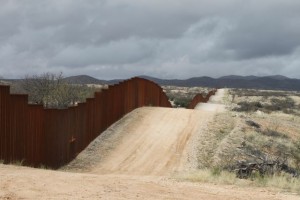 “Southern Arizona became a preferred place to cross in the 1990s, when U.S. immigration officials implemented tougher border enforcement through Operation Gatekeeper in California and Operation Hold the Line in Texas. The clamp down in those states funneled more illegal immigrant traffic into Arizona. In the meantime, border security has been increased across the board, with more formidable fences and an increase in Border Patrol officers. All this has resulted in smugglers leading migrants through more remote territory — higher into the mountains, farther from towns and highways and deeper into the desert.” – Unidentified Dead Common on the Border
“Southern Arizona became a preferred place to cross in the 1990s, when U.S. immigration officials implemented tougher border enforcement through Operation Gatekeeper in California and Operation Hold the Line in Texas. The clamp down in those states funneled more illegal immigrant traffic into Arizona. In the meantime, border security has been increased across the board, with more formidable fences and an increase in Border Patrol officers. All this has resulted in smugglers leading migrants through more remote territory — higher into the mountains, farther from towns and highways and deeper into the desert.” – Unidentified Dead Common on the Border
These are not a neat stories. The flexibility of a blog fits because there are many beginnings, tangled middles and quite possibly no endings in sight – and yet they continue to spill over, demanding an outlet.
For example, here’s the email I received in August 2011:
Thu, Aug 11, 2011 at 2:31 PM
Hello Rebekah,
My name is Eddie and we need your help for missing person, which is my brother in Law Andy. He is 45 years old and was trying to cross the border about three weeks ago from Arizona and he is missing since then. If possible please call me at xxx-xxx-xxxx to provide you with more information and hopefully find him. I will appreciate your help in this matter.
Thank you,
Eddie *
In fall of 2009 I was new to Arizona. I started “being a journalist” and “covering the border” at the same time by taking a class on border issues during my first semester at ASU‘s Walter Cronkite School. The goal was to design a story around the U.S.-Mexico border and the professor challenged a few of us to find out more about steadily rising border deaths in southern Arizona.
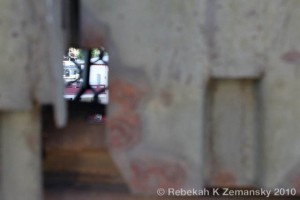 Three semesters of reporting and research left more questions than answers. Most of the manila mailing envelopes bulging with reports that I filed away as project paperwork were neatly labeled “John Doe” rather than actual names; most of the missing persons reports were open cases. The paperwork needs maintenance. Not content with being stacked neatly in a file cabinet drawer, the files relocated themselves into a bright green plastic crate that frequently spills over with new material.
Three semesters of reporting and research left more questions than answers. Most of the manila mailing envelopes bulging with reports that I filed away as project paperwork were neatly labeled “John Doe” rather than actual names; most of the missing persons reports were open cases. The paperwork needs maintenance. Not content with being stacked neatly in a file cabinet drawer, the files relocated themselves into a bright green plastic crate that frequently spills over with new material.
There’s no centralization of missing persons information along the border and there’s little reliable data. Family members of missing persons are often caught in a perfect storm of physical danger, legal challenges and a sometimes paralyzing mixture of hope, misinformation and denial. Often they don’t make a report for weeks, months or even years – if they make a report at all. There’s no way to tell how many people are actually missing or how many bodies are never recovered because they lie in locations too isolated or desert conditions too brutal to permit discovery.
The reporting here represents just a fraction of the missing persons reports collected by law enforcement, humanitarian volunteers and medical examiners along the border. Those who work with the family members of missing persons are protective of a group that often falls victim to extortion and scams. Especially for individual cases, it’s hard to determine which is more difficult: finding physical traces or trustworthy sources. Information about last sightings and projected travel that isn’t deliberately hidden or falsified often fades quickly in a climate of fear, confusion and brutal heat.
And for every missing person or an unknown body, there’s a network of family and friends living day by day with that absence.
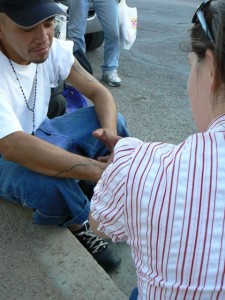 This blog is about a search for information not a search for conclusions. The goal is to include stories about and from:
This blog is about a search for information not a search for conclusions. The goal is to include stories about and from:
…border crossers and their families
…law enforcement
…humanitarian volunteers
…volunteer / amateur / civilian patrols
…government officials
…medical professionals
…academics
…reporters, journalists and photographers
…people they encounter along the way
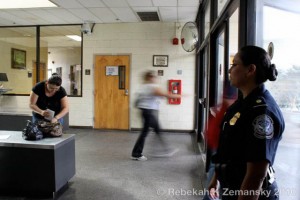
This blog IS NOT:
…a debate about politics or morality.
…an argument over who’s right or wrong.
Comments will be moderated accordingly.
This blog IS an exploration of:
…the dangers of crossing the border
…practical aspects of border crossing including weather and security
…why people still attempt the journey including how they make the decision given what they do and don’t know
…what happens to these people – and their families – when they cross
…practical aspects border reporting including locating sources, requesting records and dealing with data
…general missing persons issues
…forensic issues and developments especially including identification of unknown remains
…the challenges of practically and emotionally difficult storytelling
…other border issues
And it is not a final report but very much a work in progress.
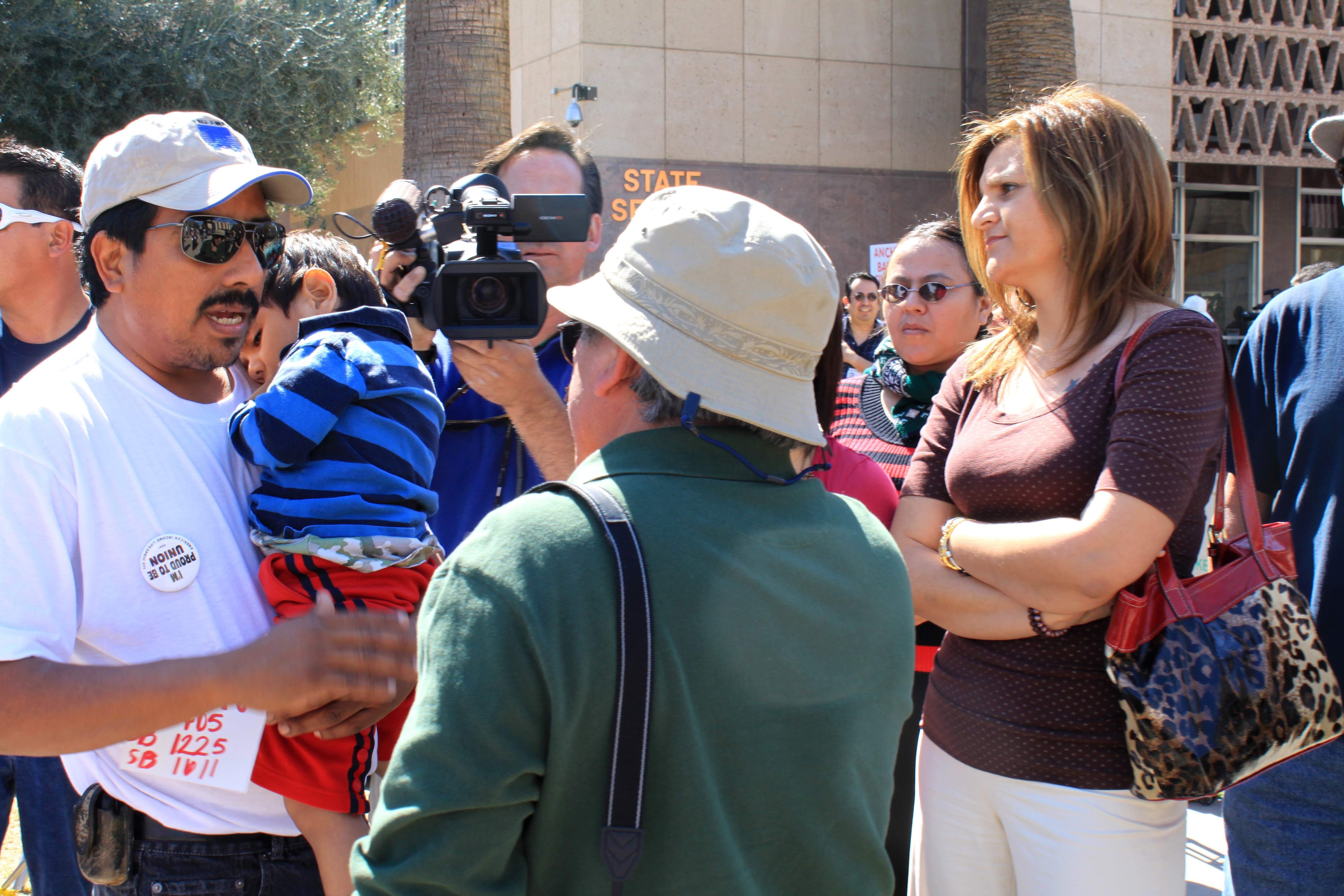
* last name withheld for privacy and safety concerns
As long as there is need, whether it be food, health or safety, there will always be migration.
What a great point, Maria – I think there’s a lot of discussion on the impact of migration, but not as much about why migration happens, and that’s an important part of the story too.
Thank you for this blog. I look forward to reading and knowing more, no matter that it will likely be quite depressing at times.
Emilie – Thank you for reading, I really look forward to hearing what you think as the stories develop!
I need help. My daughter..age 22, is suspected of being in Mexico. She is missing. I live in Indiana and do not know where to turn to first for help. The state police here wont let me file a missing person report here bc she was last seen in California..but Im not sure where exactly. Last ppl she was with think she was headed to Tijuana Mexico with smugglers. Im scared out of my mind..searching anywhere on line for help/info. Its not like her to not contact me..and its been 10 days since she has been heard from. Any help is greatly appreciated. She is american citizen without legal ID on her.
Hi Trina –
I’m sending you some more information directly, including what I have for California so far – please let me know when it reaches you and if it’s useful or what kind of other information may help.
– Rebekah
I desperately need help to find my dad where do I start my dads name is Albert Oviedo last known place Ensenada!! Where do I start??
Info coming soon, see reply to other comment